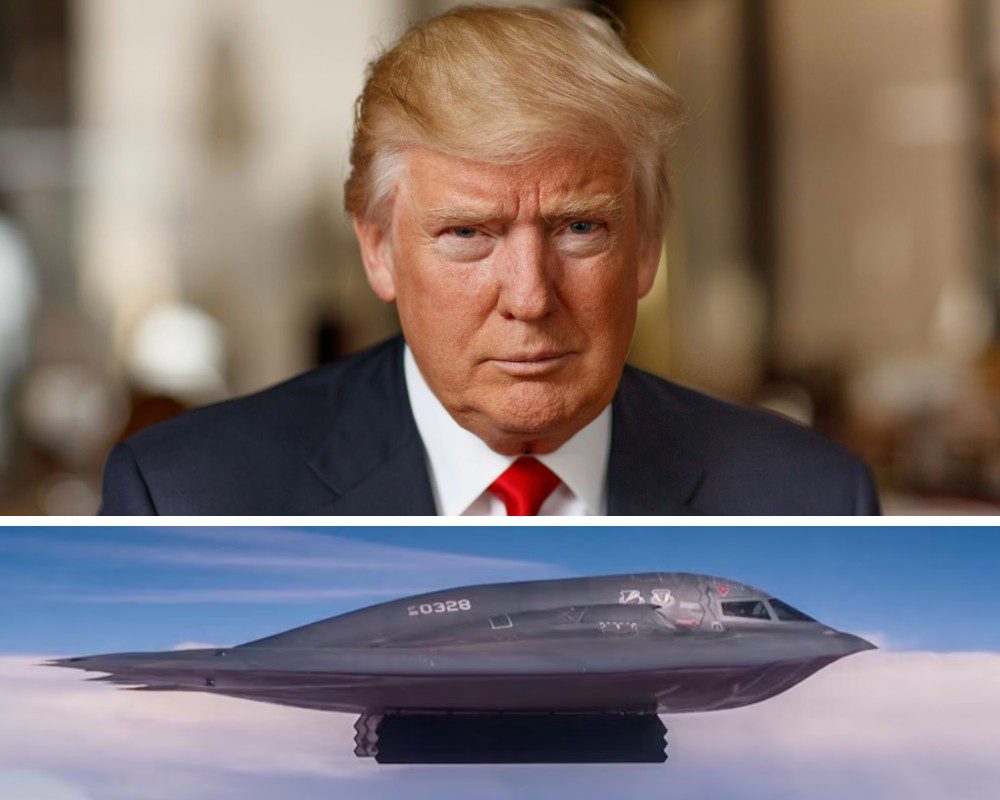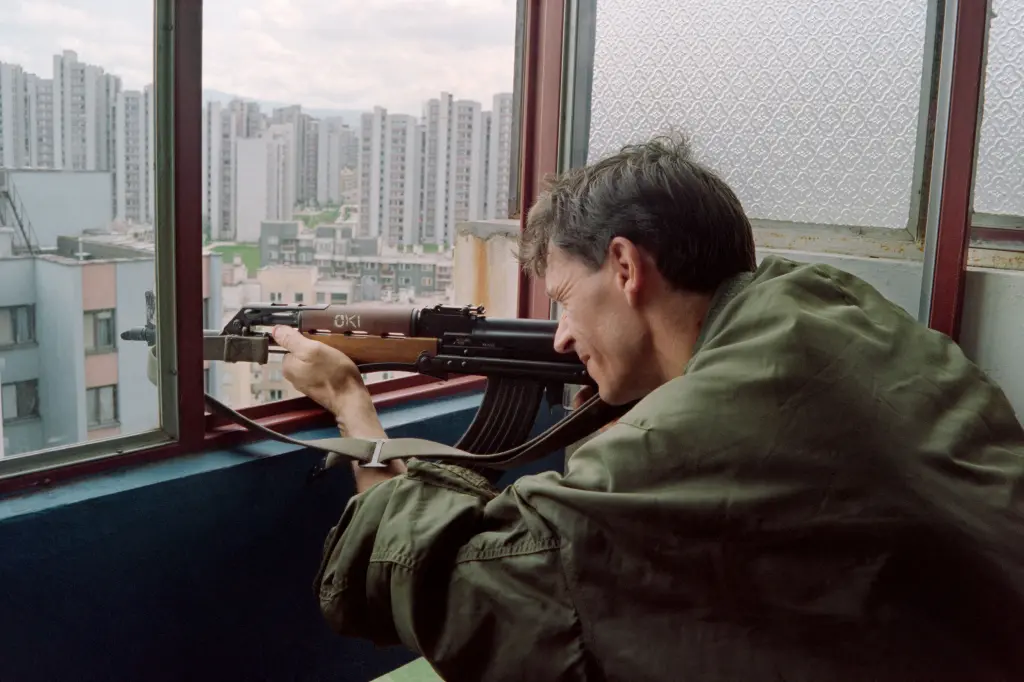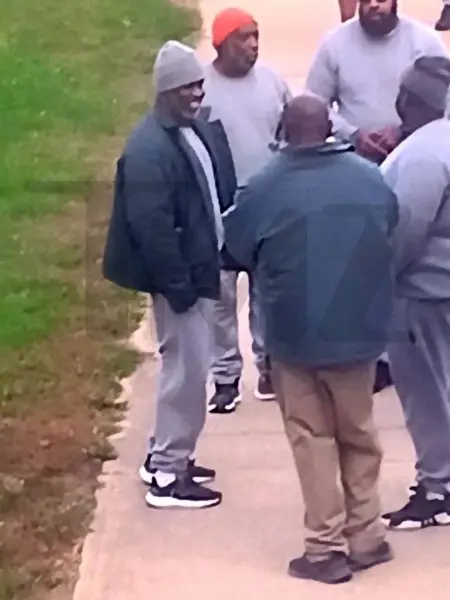U.S. Bombed Iran’s Nuclear Sites — But an Intelligence Report Just Revealed Why It Barely Changed Anything
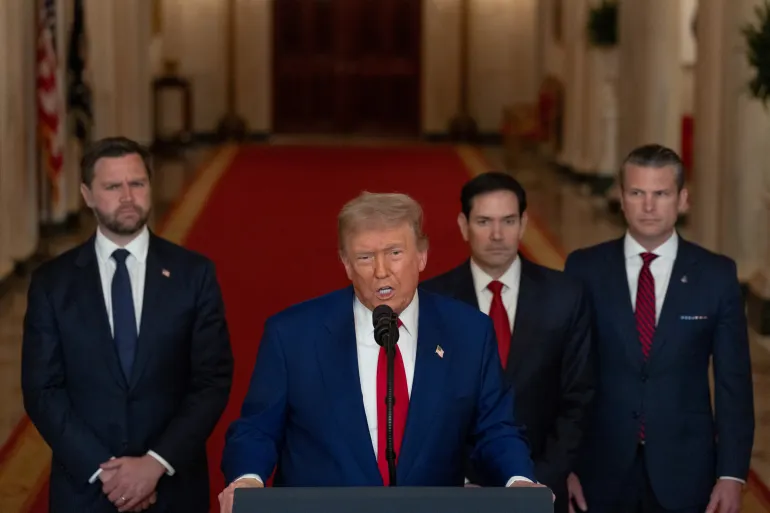
The Strike That Was Supposed to Change Everything

There are some moments that look huge on the surface. Big decisions. Big headlines. Big promises. When President Trump approved U.S. airstrikes on Iran’s nuclear sites, it felt like one of those moments. It was all over the news. Commentators called it bold. Supporters praised it as necessary. Even critics knew it was going to shake things up. But now, just days later, a surprising twist has taken over the story: the strikes didn’t do what many thought they would.
Instead of shutting down Iran’s nuclear program, the latest U.S. intelligence report says the strikes only delayed it. Not stopped. Not destroyed. Just… delayed. Maybe by a few months. And suddenly, all that bold energy turned into a more awkward question — what happens now?
Let’s break it down, not with complicated military language, but like two friends trying to understand what actually happened — and why this matters way more than it might seem at first.
The strikes happened fast. The targets were three key nuclear facilities in Iran — places where enriched uranium is processed and stored, where scientists and engineers keep Iran’s nuclear goals alive. The weapons used were high-tech, the kind made to destroy underground bunkers. The kind you expect to finish the job in one go.
Trump, as usual, didn’t hold back with his words. He claimed the nuclear program had been “obliterated.” That it was over. That Iran’s threat had been crushed before it could fully take shape. People clapped. News sites ran with it.
But behind closed doors, intelligence officials were looking at the actual results — and what they found didn’t match the public story.
The report said that although some damage was done — like entrances collapsing and external infrastructure being hit — the core of the program was untouched. Iran had moved a lot of its uranium beforehand. Its main centrifuges (the machines that spin to enrich uranium) were still safe. And the underground buildings? Still standing.
So, yes, there was a pause. Some operations had to stop. But “obliterated”? Not even close.
What It Means Now — And What It Doesn’t
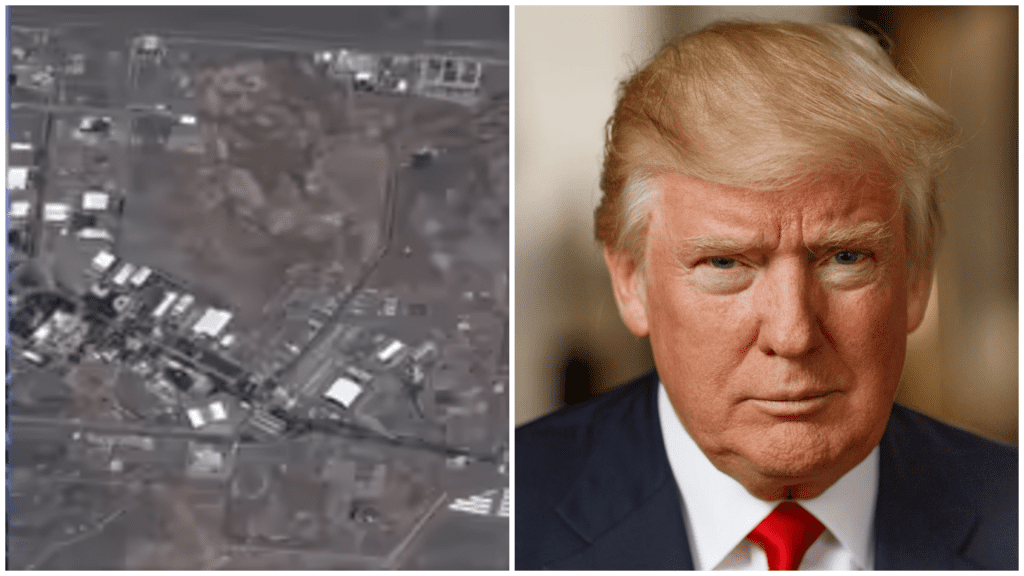
This isn’t just about one failed mission. It’s about how countries communicate power — and what happens when reality doesn’t match the message.
Let’s imagine it this way. If someone tells you they knocked down a building and all you see are a few broken windows, you start to question everything else they’ve said. That’s kind of the situation now.
Iran isn’t bragging too loudly, but reports suggest that they’re already repairing the damage. And more importantly, they’re still on track. According to the Defense Intelligence Agency, the entire effort bought maybe two months of delay. That’s it. And in the world of global politics, two months is nothing. It’s a blink.
This doesn’t mean the U.S. failed completely. It showed that it could reach these sites. It sent a message — whether that message landed as intended is another story. But the real problem now is what to do next. Do you strike again? Do you try diplomacy? Do you admit that brute force isn’t enough?
These are the questions floating around Washington right now, behind the scenes.
Meanwhile, Trump isn’t backing down. He’s calling the intelligence report “wrong,” and insisting that the strikes were more effective than people think. But the facts, at least the ones confirmed so far, tell a quieter story. And that silence is louder than anything else at this point.
For regular people watching this unfold, it’s a reminder that not everything is what it seems — especially in politics. We’re used to big statements. We’re used to winners and losers. But real-world decisions are messy. They don’t always come with a clean ending. And that’s what makes this moment so real.
Iran’s nuclear program was never going to be easy to shut down. It’s built deep underground, in multiple locations, with plenty of backups. Experts have said for years that no single strike could end it. That’s why previous administrations focused on long negotiations and inspections, even if those talks were slow and frustrating.
Trump’s decision to go a different route — to hit hard and fast — was always a gamble. And now, we’re seeing the results of that gamble in real time.
It worked… kind of. But not enough to change the game. And in politics, “not enough” can be dangerous.
There’s also the issue of expectations. When leaders use words like “obliterated” or “crippled,” people expect real results. So when those results don’t come, trust takes a hit. And rebuilding that trust, both inside the country and around the world, is never easy.
Still, this isn’t a doomsday story. It’s not a total failure. It’s a lesson — the kind that only shows up when the dust settles and the facts start speaking louder than the slogans.
Now, with the world watching closely, the next move matters more than the last one. Will there be more strikes? Will the U.S. push for new talks? Or will it step back and rethink everything?
One thing’s for sure: Iran’s nuclear program is still alive. And the world just got a reminder that even the strongest moves can have soft landings.
So as this story keeps unfolding, remember this — not every big moment has a big result. Sometimes, it just shows you how complicated the world really is.
